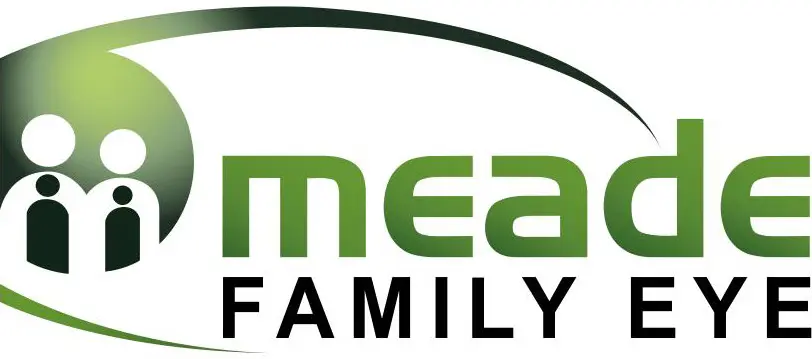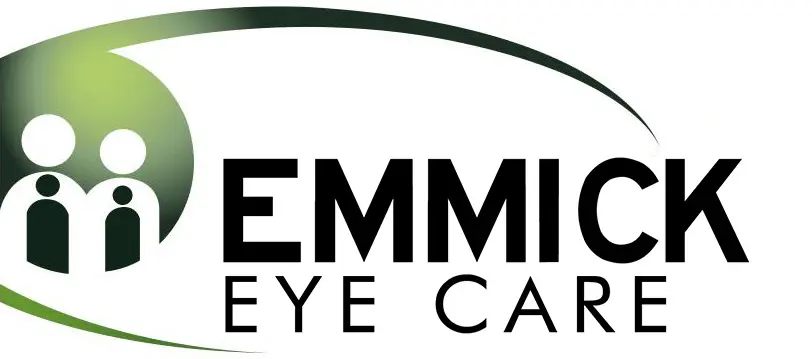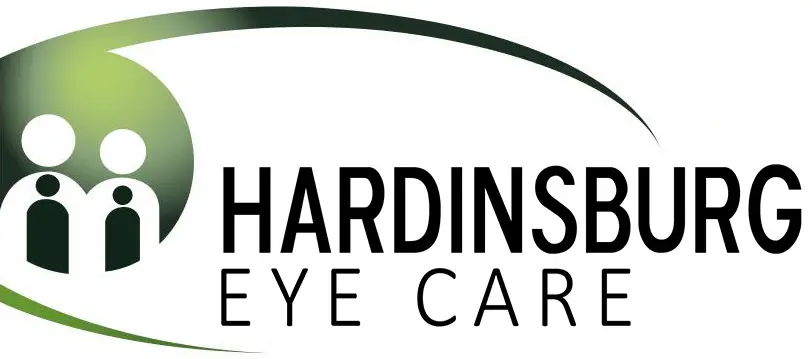Comprehensive Eye Exams
Comprehensive
Eye Exams
Adult Eye Exams
Regardless of your age or physical health, it’s important to have regular eye exams. During a complete eye exam, your eye doctor will not only determine your prescription for eyeglasses or contact lenses, but will also check your eyes for common eye diseases, assess how your eyes work together as a team, and evaluate your eyes as an indicator of your overall health.
A comprehensive eye exam includes a number of tests and procedures to examine and evaluate the health of your eyes and the quality of your vision. These tests range from simple ones, like having you read an eye chart, to complex tests, such as using a high-powered lens to examine the health of the tissues inside of your eyes.
Eyecare experts recommend you have a complete eye exam every one to three years, depending on your age, risk factors, and physical condition.
AOA Recommendation
The American Optometric Association (AOA) recommends an annual eye exam for any adult who wears eyeglasses or contacts. If you don’t normally need vision correction, you still need an eye exam every two to three years up to the age of 40, depending on your rate of visual change and overall health. Doctors often recommend more frequent examinations for adults with diabetes, high blood pressure, and other disorders, because many diseases can have an impact on vision and eye health.
If you are over 40, it’s a good idea to have your eyes examined every one to two years to check for common age-related eye problems such as presbyopia, cataracts, and macular degeneration. Read more about Vision After 40.
Because the risk of eye disease continues to increase with advancing age, everyone over the age of 60 should be examined annually.
Pediatric Eye Exams
According to experts, 80% of learning is visual, which means that if your child is having difficulty seeing clearly, his or her learning can be affected. This also goes for infants who develop and learn about the world around them through their sense of sight. To ensure that your children have the visual resources they need to grow and develop normally, their eyes and vision should be checked by an eye doctor at certain stages of their development.
Children with existing vision problems or risk factors should have their eyes examined more frequently. Common risk factors for vision problems include:
- Premature birth
- Developmental delays
- Turned or crossed eyes
- Family history of eye disease
- History of eye injury
- Other physical illnesses or disease
AOA Recommendation
According to the American Optometric Association (AOA) children should have their eyes examined by an eye doctor at 6 months, 3 years, at the start of school, and then at least every 2 years following. If there are any signs that there may be a vision problem or if the child has certain risk factors (such as developmental delays, premature birth, crossed or lazy eyes, family history or previous injuries) more frequent exams are recommended. A child that wears eyeglasses or contact lenses should have his or her eyes examined yearly. Children’s eyes can change rapidly as they grow.
Looking For Expert Vision Care?
Looking For
Expert Vision Care?
Visit our contact page today to connect to a member of our team.


